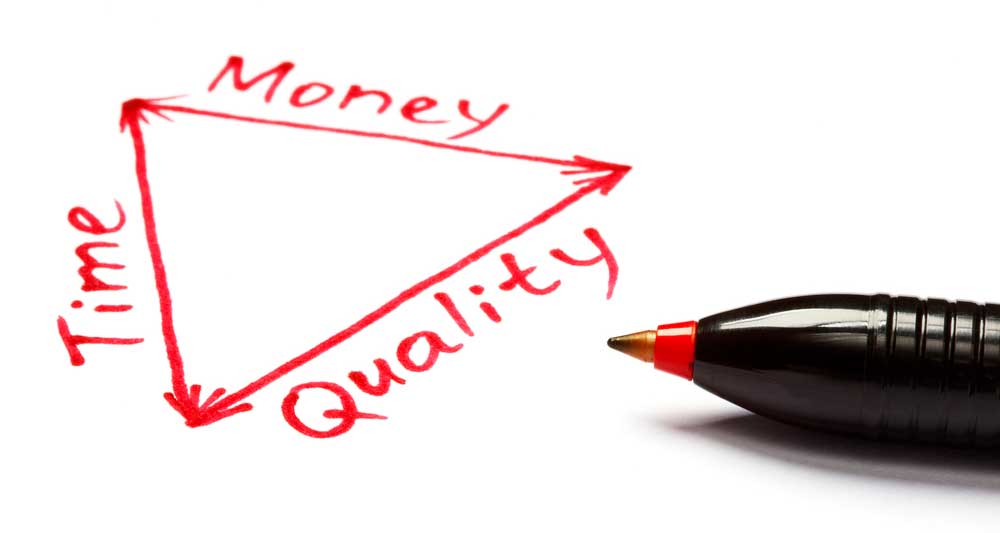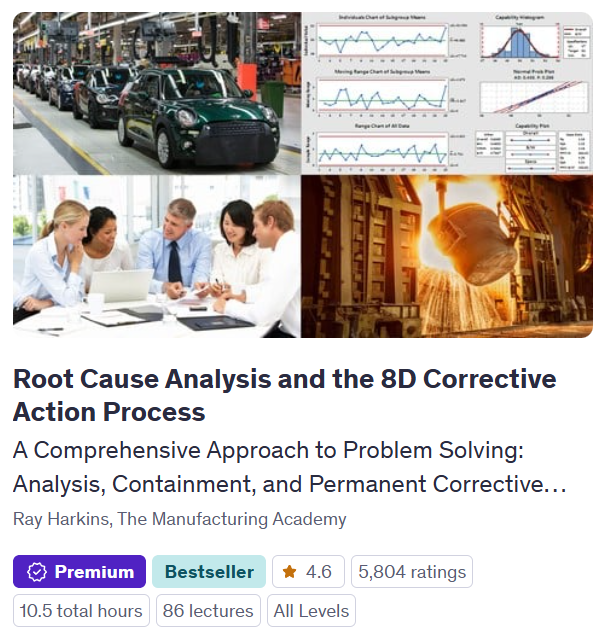In the fall of 1956, Harvard Business Review published a landmark article by economist and business leader Armand Feigenbaum titled “Total Quality Control.”1 His article summarized the quality control system he developed during his long tenure at General Electric and gave prominence to many concepts still used today in modern quality management, including the cost of quality measurement.
The goal of measuring an organization’s cost of quality is to generate a tool managers and engineers can use to drive improvements. To develop this tool:
- Identify the quality costs.
- Group these costs into categories.
- Summarize the results in a usable format.
The two keys to identifying an organization’s quality costs are consensus in the management group and consistency over time. If you’re leading an organization or working in its quality function, many of these costs are obvious. Customer returns, production scrap and inspectors’ wages are the quality costs that typically get the most consideration in an organization. Other costs are subtler, such as expedited freight due to poor quality, administrative costs associated with corrective action requests and defect investigation trips to customers.
When developing a cost of quality report, certain costs won’t clearly align with quality, such as the wages of a lab technician who serves the quality and engineering functions. A little philosophical banter and compromise between managers usually resolves these issues.
More importantly, however, is the consistent identification of these costs over time. If an organization defines lab technician wages as a quality cost, for example, it must remain a quality cost over time. This is the only way an organization can accurately compare its performance to past periods.
The four categories into which all quality costs fall are prevention, appraisal, internal failure and external failure.
- Prevention costs often include training, administrative costs to develop sampling and process control plans, supplier assessment audits and other costs incurred to avoid defects.
- Appraisal costs include wages for in-process inspections, the cost of supplier evaluations and other costs associated with ensuring conformance to product requirements.
- Internal failure costs include all costs related to defective material identified prior to shipping—including scrapped material—sorting and rework labor, and the cost to evaluate such material.
- External failure costs include all costs tied to product failures identified by customers, including defect investigation visits, on-site sorting, returned product freight and field service costs.
Organizational costs that are clearly tied to quality, such as a quality engineer’s salary, but don’t fit entirely in a single category usually are apportioned according to their approximate contribution to each category.
For example, if a quality engineer spends roughly a quarter of her time on supplier selection and the rest performing ongoing supplier audits, 25% of his or her salary can be apportioned to prevention and the rest to appraisal.
The last step to developing a useful cost of quality report is to summarize the data in a readable and easily understood format. The report should be brief so a manager can review it in a few minutes.
It also should contain section headers for each of the four cost categories. Quality tools such as Pareto analysis can be integrated into the report to show individual customer returns ranked by their magnitude of sales loss, for example.
A cost of quality report can better serve as a strong indicator of organizational performance if it is published frequently (at least quarterly but preferably monthly), tied to other business metrics (cost of quality as a percentage of sales, for example), and used to analyze performance improvement projects, product families and individual departments.
For an organization’s quality function to have equal footing with its other key processes, such as production scheduling and inventory management, it must have established and repeatable metrics tied to its financial goals. After all, money is the language of business. A well-designed cost of quality reporting system using fair and consistently applied money management principles will do just that.
For Cost of Quality training at an affordable price, sign up for the online course titled “Cost of Quality Analysis and Reporting”. If you’re a non-finance manufacturing professional that wants a deeper look at Business Finance to help you make better business decisions, sign up for the online course titled “Business Finance; A Complete Introduction”.
1. Feigenbaum, Armand, “Total Quality Control,” Harvard Business Review, 1956.



